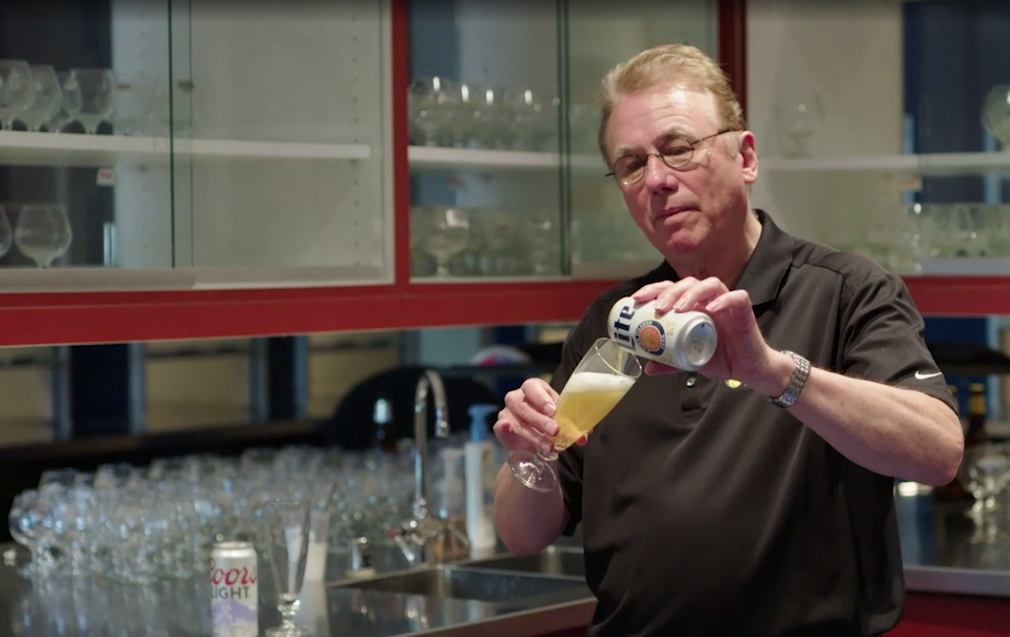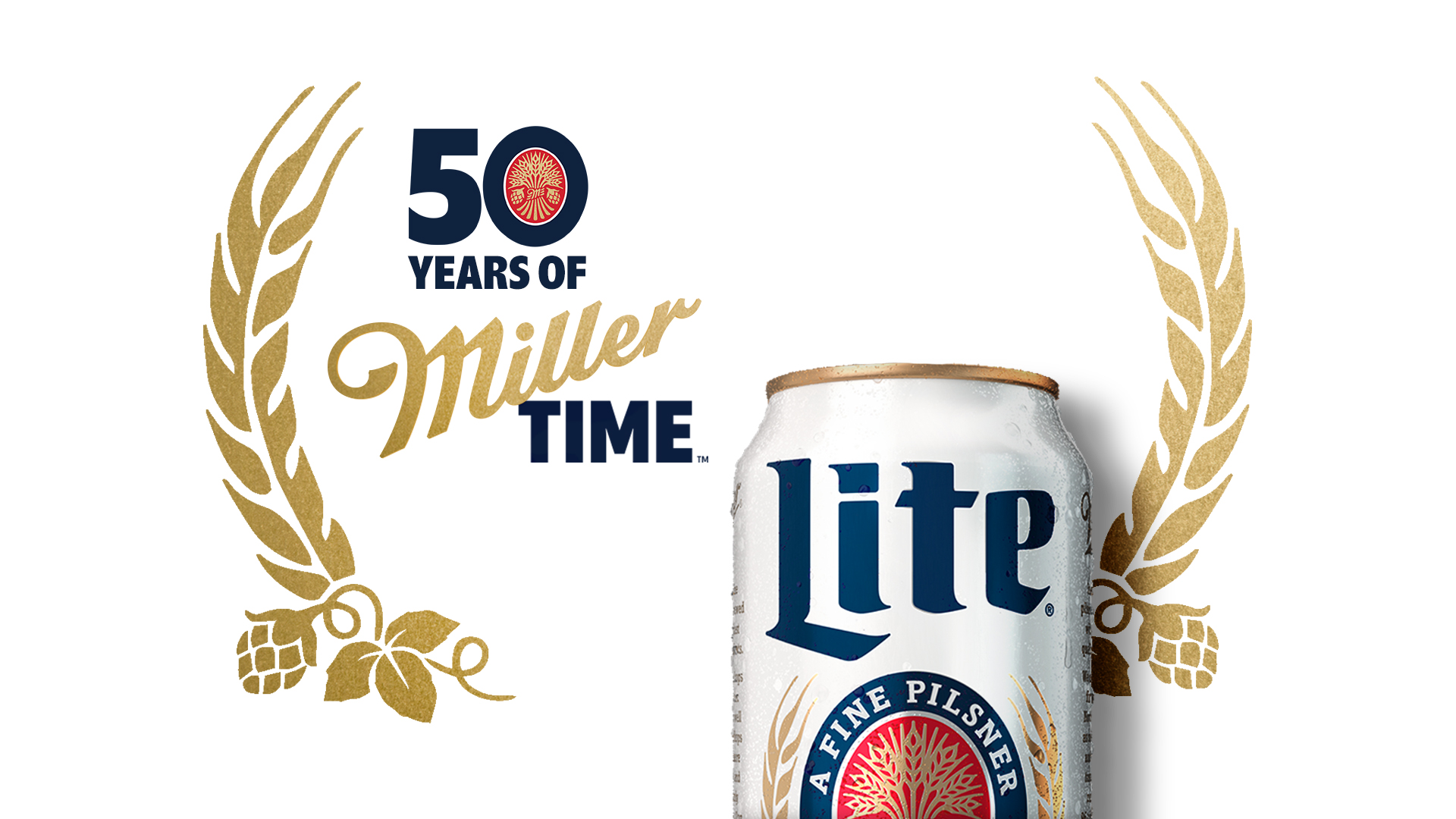Miller Lite is in the midst of celebrating its 50th anniversary, with a new campaign already here and plenty more to come. But before the next announcement, we wanted to look back at what made the brand so iconic in the first place.
For the consumer, it almost looked like Miller Lite appeared out of thin air in 1975. As the blog covered in 2018, Miller Lite was an “overnight success” when it launched nationally:
Miller Brewing Co., Business Week magazine reported in 1976, “discovered a market that will be every bit as important to brewers as diet soda is to the soft drink industry.” The Milwaukee-based brewery’s introduction of Lite, it said, served to “accelerate a revolution that is changing the competitive framework of the beer business.”
While that is true for the brand, the blueprint for Miller Lite took decades, if not more than a century, to construct.
One important figure was Joseph L. Owades, whom the Washington Post called “The Father of Light Beer” in his 2005 obituary. While employed at a brewery, Owades worked on the “process to remove the starch from beer,” reducing the amount of carbs and calories in the brew.
While the Owades’ unique process found its way into beers like Gabliner’s Diet Beer and Meister Brau Lite, neither brand made a national impact.
But when the Chicago-based Meister Brau declared bankruptcy in 1972, Miller Brewing purchased the company, unintentionally picking up the Lite recipe. A few years later, when Miller Brewing wanted to create its own low-calorie beer, the company modified the Meister Brau Lite formula to make the Miller Lite we know today.
No room for flaws

While Miller Lite may have fewer carbs and calories than other beers of a similar style, that doesn’t mean it’s easier to make. A 2015 blog chatted with brewmaster Dr. David Ryder about the incredible precision needed to brew Miller Lite.
“I truly believe that American light lagers are the hardest beers to brew,” said Dr. Ryder. “There’s no room for flaws. It’s my favorite beer, because I appreciate how it's brewed and I appreciate what's in it.”
Miller Lite uses two kinds of hops: Galena and Saaz hops. But as Dr. Ryder notes, consistently producing a beer like Miller Lite requires extensive knowledge of every component.
“We understand more about hops than anybody else on planet Earth,” Dr. Ryder said.
Along with our revered two-row barley, the brand also uses specialty malts which contribute to the beer’s pale golden color.
The final piece of the puzzle is the yeast. While made differently than its other brands, Miller Lite does use the same lager yeast that Miller Brewing Founder Fred Miller brought to the United States from Germany in 1854. In a 2015 blog post, Dr. Ryder said that there’s a lot about Miller’s lager yeast that the company doesn’t know, but that it’s probably very, very old.
“Nobody knows where Fred’s yeast came from — we don’t know where he got it from or how many brewers used it before him,” said Dr. Ryder. “We do know that it’s very special and a heck of a lot older than 161 years.”
There’s plenty more to the story, including an iconic can design, one of the most recognizable ad campaigns of the 1970s with “Tastes Great, Less Filling” and explosive growth. The brand is now one of the biggest and most recognizable beer brands in the U.S. But it started with a uniquely flavorful light lager, which Molson Coors replicates carefully to this day.
“It’s one thing to brew an American light lager and to do it well once,” said Dr. Ryder. “But we have to do it well every single time, batch after batch, brew after brew, brewery after brewery.”

